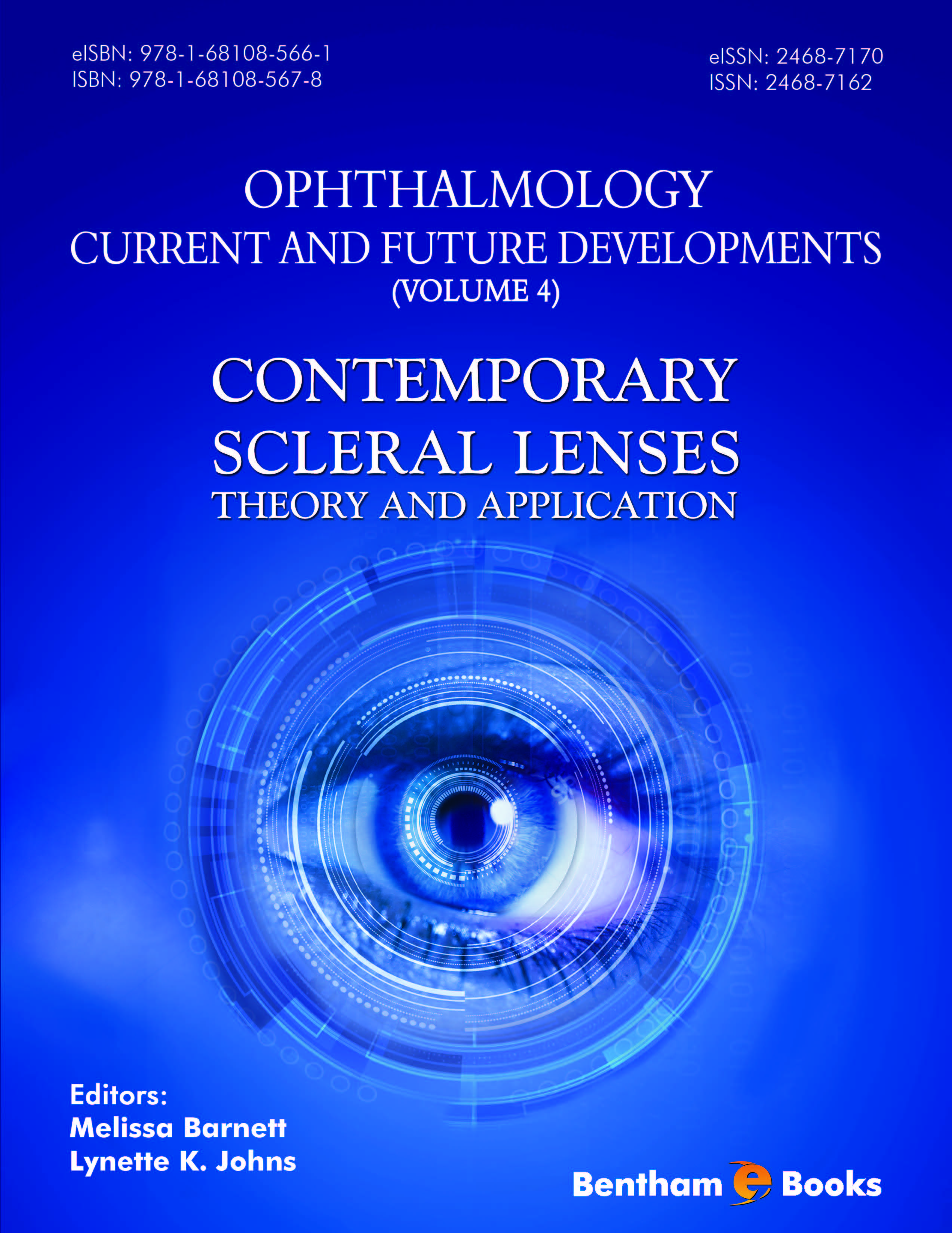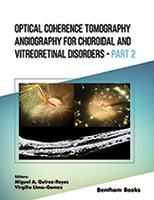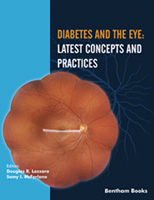Contemporary Scleral Lenses: Theory and Application covers a vast array of scleral lens topics to inspire novice practitioners and provide valuable pearls to experienced practitioners. From the fascinating history of scleral lenses and how they evolved to the modern scleral lenses used in clinical practice today, this book highlights major advances in scleral lenses. The description of basic lens structure, optics and customizable features combined with the characterization of ocular surface shape intricacies allow the reader to conceptualize and appreciate the unique fitting relationship of a scleral lens. Scleral lens fitting had long been described as an art, however cutting edge information on technology in the scleral lens practice emphasizes the evolving scientific and objective approach to scleral lens fitting.
Examination flow, evaluation and documentation can help even the expert scleral lens practitioner. For those interested in setting up a scleral lens practice, an entire chapter is dedicated to recruiting and marketing the scleral lens practice. For the student and novice practitioner, a chapter is solely dedicated to scleral lens care and handling. There are a variety of complex medical and ocular indications for scleral lenses that are described in detail. These patients require many different specialists for their ocular and systemic care, and the unique perspective from esteemed corneal specialists regarding collaborative care of the scleral lens patient is included in this book. Utilization of scleral lenses for patients with regular corneas is gaining popularity and is also covered.
The purpose of this book is to aid the student, new and proficient practitioners to fit, evaluate, identify and manage scleral lens complications. We hope that this text will help practitioners to grow their scleral lens practice, collaborate with other practitioners and, most importantly, help patients to improve their vision, rehabilitate their ocular surface and improve their quality of life.
The future of scleral lenses requires exploring the intricacies of this modality. There is so much research that needs to be done with scleral lenses. Multiple authors provide their opinions and strategies when facing unique challenges of scleral lenses that are not described in publications elsewhere. We hope that this text will inspire further scleral lens research and publications.
We are honored to have this opportunity to publish this text. We thank you for reading and learning about this modality, which in turn helps patients improve their lives with scleral lenses. We hope that Contemporary Scleral Lenses: Theory and Application is a welcome reference that assists you in implementing scleral lenses into your practice.
ACKNOWLEDGEMENTS
It was an incredibly daunting thought to even imagine writing a book on contemporary scleral lenses. Many thanks and sincere gratitude to Matthew Kennedy and his wife Rebecca Kennedy, OD who encouraged us to undertake this project.
The unremitting encouragement and sacrifice of our families made it possible to devote the endless hours and years to complete this text. We would especially like to thank Todd, Alex and Drew Erickson and Khaled Imad for their unwavering love and support as we embarked on this formidable, yet incredible journey.
It is not possible to write this text without a collaborative effort. We are so appreciative of the support of our global scleral lens community to come together, cheer us on and contribute to this text. This work would not have been possible without the assistance of our authors. Many thanks to our authors: Bruce Baldwin, Jan Bergmanson, Tim Bowden, Patrick Caroline, Karen Carrasquillo, Gregory DeNaeyer, Barry Eiden, Karolien Elving-Kokke, Damon Ezekiel, Don Ezekiel, Deborah Jacobs, Jason Jedlicka, Randy Kojima, Carina Koppen, Jennifer Li, Michael J. Lipson, Jason Marsack, Jennifer McMahon, Brooke Messer, Langis Michaud, Henny Otten, Young Kee Park, Ken Pullum, Perry Rosenthal, Muriel Schornack, Jeffrey Sonsino, Mindy Toabe, Eef van der Worp, Esther-Simone Visser, Reints Visser, Maria K. Walker, Stephanie Woo and Geunyoung Yoon.
Melissa Barnett
University of California,
Davis, Sacramento, California, USA
E-mails: drbarnett@ucdavis.edu
&
Lynette K. Johns
The New England College of Optometry,
Boston, Massachusetts, USA
E-mails: johnsl@neco.edu




